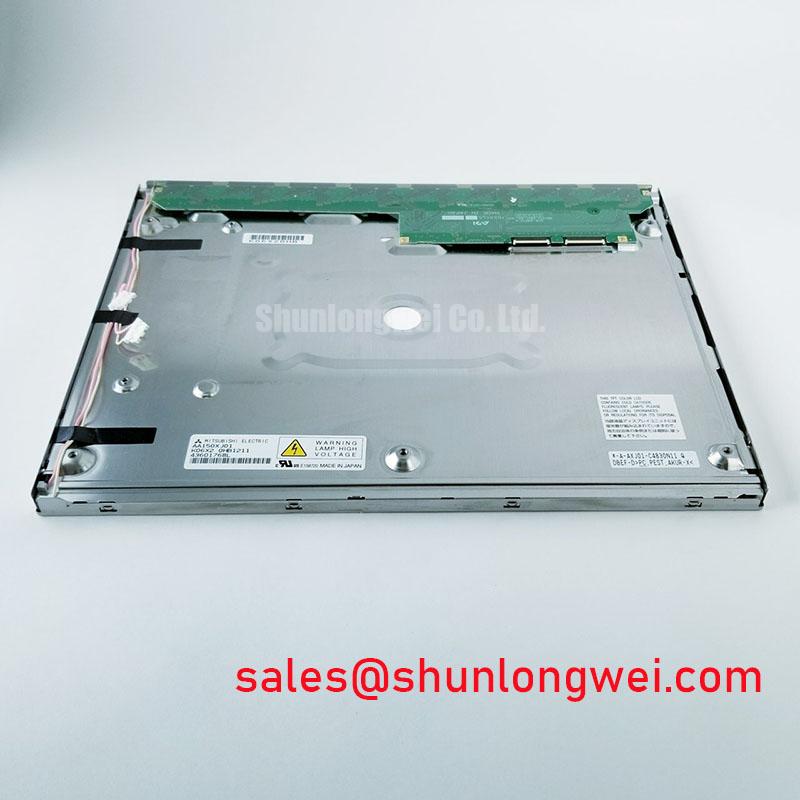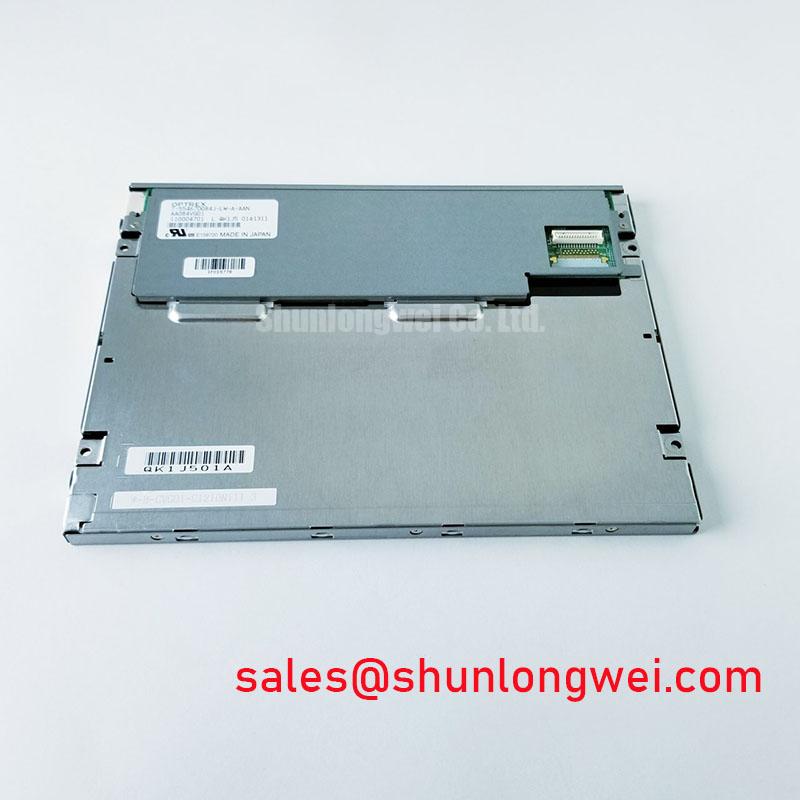Content last revised on November 13, 2025
Mitsubishi AA150XJ01 | Industrial TFT-LCD Engineered for Extreme Environments
The Mitsubishi Electric AA150XJ01 is not merely a display; it's a core component engineered for absolute reliability where standard displays fail. This 15.0-inch TFT-LCD is purpose-built to deliver unwavering optical performance in the most demanding industrial and outdoor environments. It provides a robust solution for HMI applications where operational uptime and data clarity are non-negotiable.
- Extreme Temperature Range: Guarantees stable operation from a frigid -30°C to a scorching 80°C, eliminating the need for costly environmental conditioning.
- High-Brightness Readability: Features an 800 cd/m² backlight, ensuring crisp, clear visuals even in high ambient light or indirect sunlight.
- Superior Viewing Angles: Utilizes Super Wide Viewing (SWV) technology for consistent color and contrast from any perspective (80°/80°/80°/80°), critical for multi-operator environments.
- Industrial Longevity: Equipped with a long-life WLED backlight system rated for 100,000 hours, significantly reducing total cost of ownership through minimized maintenance cycles.
Engineering for the Edge: Unpacking Core Technologies
Two key engineering pillars elevate the AA150XJ01 beyond a typical display. First is its exceptional thermal resilience. Operating at -30°C challenges both the liquid crystal fluid, which can become sluggish, and the backlight's ability to start up efficiently. At 80°C, the risk of isotropic blackouts and material degradation becomes paramount. Mitsubishi mitigates these risks through advanced liquid crystal formulation and a meticulously designed thermal management system for the backlight driver, ensuring consistent performance across its entire operational window. This translates directly to operational certainty in environments from frozen food processing plants to sun-baked desert equipment.
Second is its optical superiority. A high brightness rating is only part of the solution for true readability. The AA150XJ01 combines its powerful 800-nit backlight with Mitsubishi's SWV technology. Unlike standard TN panels that suffer from significant color and contrast shifts at off-angles, SWV maintains image fidelity. This is a critical design consideration for heavy machinery cabs or control room consoles where operators may not always be directly in front of the screen. The result is unambiguous data interpretation, which directly enhances operator efficiency and safety.
Proven Performance in Demanding Field Applications
The robust feature set of the Mitsubishi AA150XJ01 makes it an ideal choice for a range of specialized industrial applications:
- Heavy Construction & Agricultural Vehicles: In the unconditioned cabs of excavators, cranes, and tractors, the wide temperature range and high brightness ensure the HMI is always operational and readable, from pre-dawn startups to high-noon work.
- Outdoor Kiosks & Digital Signage: For ticketing machines, public information displays, and EV charging stations, the combination of a long-life backlight and all-weather operational capability ensures continuous service and a low total cost of ownership. It is a cornerstone for creating truly sunlight-readable HMIs.
- Marine Bridge & Navigation Systems: The ultra-wide viewing angles are essential on a ship's bridge, allowing the captain and navigator to view critical data from different positions. High contrast and brightness cut through glare from the water, ensuring navigational safety.
Mitsubishi AA150XJ01: Key Technical Specifications
| Parameter | Specification |
|---|---|
| Screen Size | 15.0 inch |
| Resolution | 1024(RGB)×768 [XGA] |
| Brightness | 800 cd/m² (Typ.) |
| Viewing Angle | 80/80/80/80 (Typ.)(CR≥10) |
| Contrast Ratio | 800:1 (Typ.) |
| Operating Temperature | -30 ~ 80 °C |
| Signal Interface | LVDS (1 ch, 6/8-bit), 20 pins |
| Backlight Lifetime | 100,000 Hours (Min.) |
Engineer-to-Engineer: Common Questions Answered
How does the AA150XJ01's LVDS interface contribute to system robustness?
The use of a standard LVDS interface is a deliberate choice for industrial reliability. Low-Voltage Differential Signaling is inherently more resistant to common-mode noise than single-ended interfaces like parallel RGB. In electrically noisy environments typical of industrial automation and motor control, this results in a more stable, error-free video signal, reducing the engineering effort required for EMI suppression in the final product design.
What are the integration considerations for the wide temperature range?
While the display itself is rated for -30°C to 80°C, system designers must ensure that connected components, such as the single-board computer and interface cabling, are also rated for the same range. Furthermore, adequate chassis ventilation is crucial at the high end of the temperature range to prevent heat buildup and ensure the display operates within its specified thermal limits, maximizing the 100k-hour backlight lifespan. For expert guidance on integrating these high-reliability industrial LCD displays into your specific application, contact our technical team.








